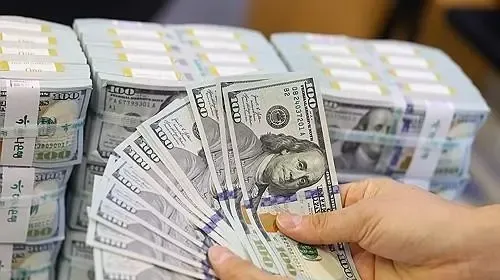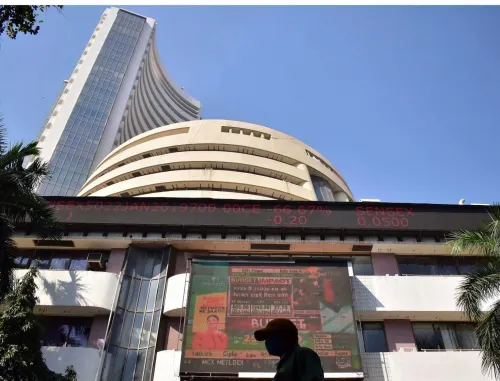Did Daily Foreign Exchange Turnover in South Korea Reach New Heights in Q3?

Synopsis
Key Takeaways
- Record daily FX turnover of $82.84 billion in Q3.
- Spot FX trading increased by 6.4% quarter-on-quarter.
- FX derivatives trading fell by 2.9%.
- Korean won-U.S. dollar exchange rate volatility decreased.
- KOSPI index rose 2.26% amid positive market sentiment.
Seoul, Oct 27 (NationPress) The daily foreign exchange (FX) trading executed by banks in South Korea has reached an unprecedented peak in the third quarter, bolstered by a rise in spot transactions, as indicated by central bank data released on Monday.
The average daily FX turnover, inclusive of derivatives trading, amounted to $82.84 billion during the July-September timeframe, reflecting a 0.8 percent increase from the previous quarter, according to data provided by the Bank of Korea (BOK), as reported by Yonhap news agency.
This figure represents the highest quarterly turnover since the central bank began recording such data under current statistical standards in 2008, marking the third consecutive quarter of record highs.
A BOK official noted, “While spot FX trading continued to grow following the extension of foreign exchange market trading hours, trading in FX derivatives declined amid reduced exchange rate volatility.”
Average daily spot FX turnover rose by 6.4 percent quarter-on-quarter to $34.86 billion in the third quarter, whereas derivatives trading saw a decline of 2.9 percent to $47.98 billion.
The volatility of the Korean won-U.S. dollar exchange rate decreased from 0.61 percent in the second quarter to 0.35 percent in the third quarter, as per the data.
Meanwhile, Seoul shares continued to rise on Monday morning, reflecting overnight gains on Wall Street, amid optimism that the United States and China are nearing a comprehensive trade agreement.
The benchmark Korea Composite Stock Price Index (KOSPI) climbed by 89.25 points, or 2.26 percent, reaching 4,030.84.
After a six-day streak of record gains since October 15, the KOSPI paused on Thursday as investors took profits but rebounded to finish positively on Friday.
On Friday (U.S. time), U.S. stocks also advanced, with the Dow Jones Industrial Average rising by 1.01 percent and the tech-focused Nasdaq increasing by 1.15 percent.
This rally followed a statement from top trade negotiators from the world’s two largest economies indicating they had reached agreements on various contentious topics, including export controls, fentanyl, and shipping levies.









